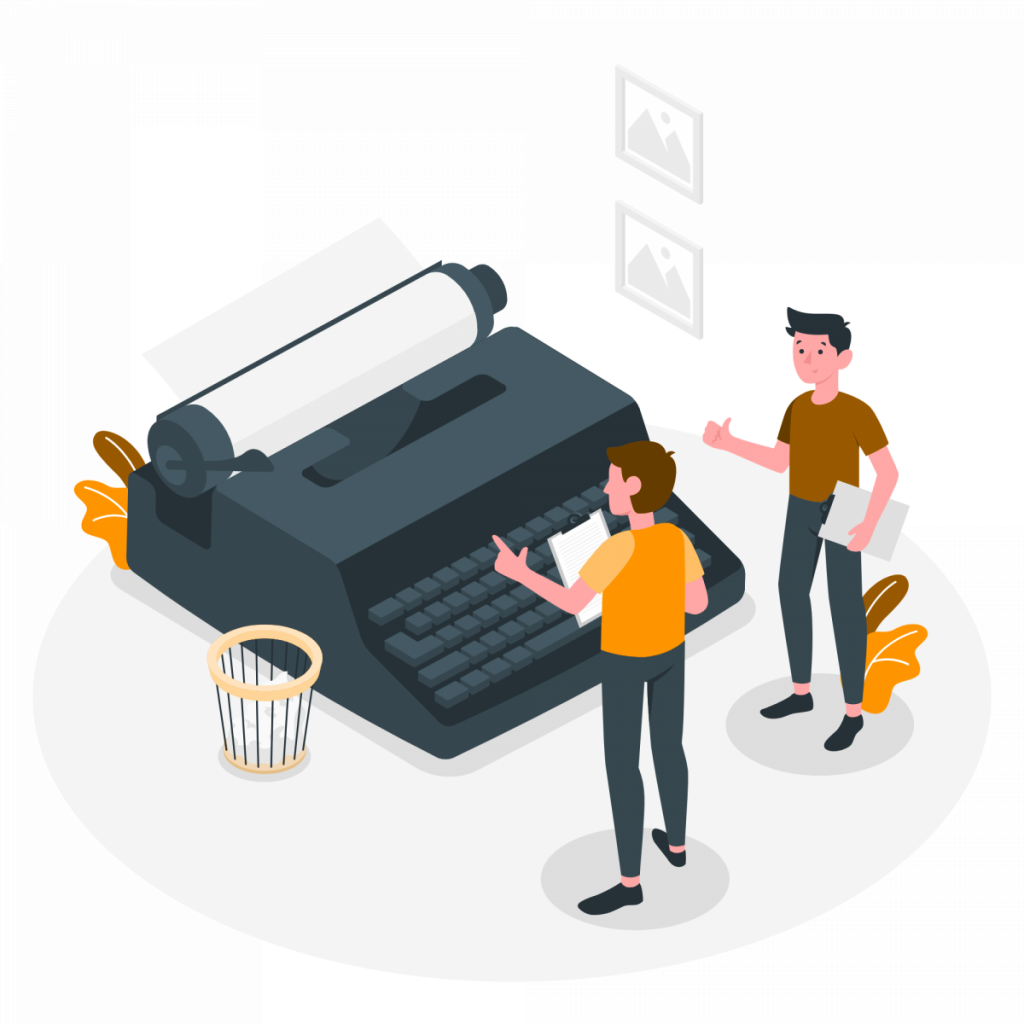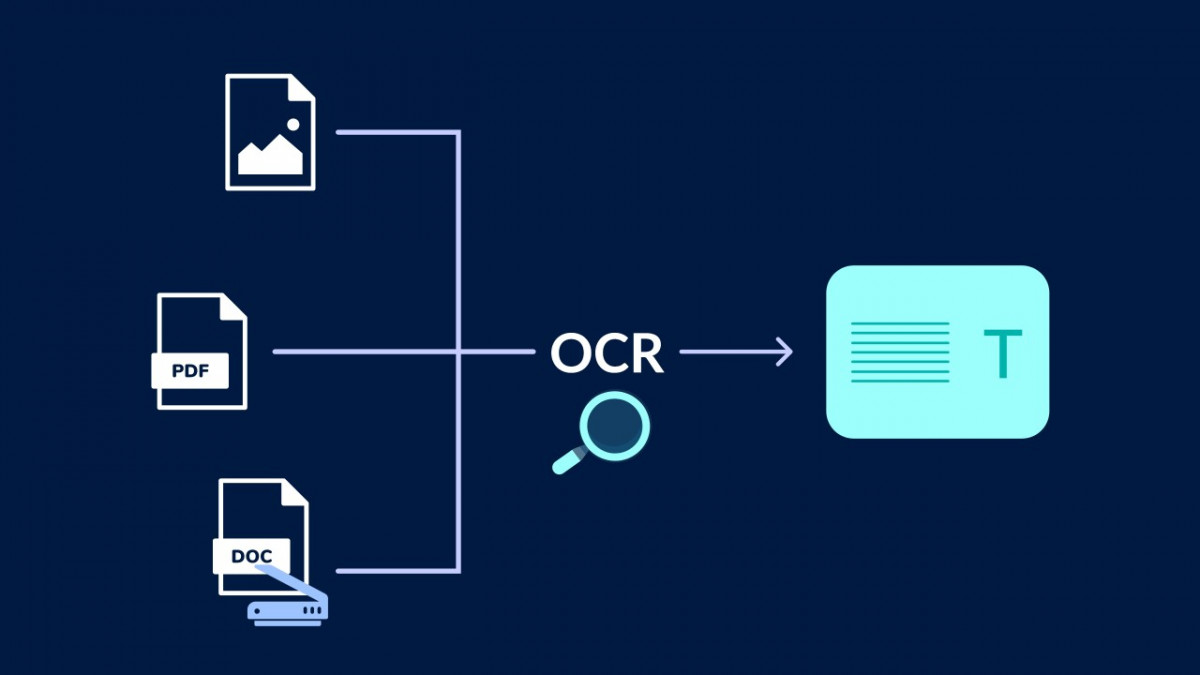In an era defined by digital communication, the charm of handwritten messages, notes, and documents endures. However, as the world becomes increasingly digitized, the future of handwriting faces both challenges and opportunities. Handwriting OCR API tech emerges as a crucial element in shaping the future of handwriting, preserving its essence while making it accessible and relevant in the digital age.

The State Of Handwriting In The Digital Age
Traditional handwriting has witnessed a decline, overshadowed by the convenience of digital typing and communication. Many fear that the art of handwritten communication may fade away as we embrace digital alternatives.
Interestingly, there is a resurgence of interest in handwritten communication. People are rediscovering the personal touch and authenticity that handwritten letters and notes bring. The emotional resonance of a handwritten message has a unique place in a digital world.
In preserving our cultural heritage, handwritten documents are invaluable. They provide a connection to history, capturing the essence of different times and cultures. OCR software plays a vital role in ensuring the longevity and accessibility of these documents.
The Role Of Handwriting OCR API In Handwriting’s Future
OCR software makes handwritten content accessible in the digital realm. It transforms handwritten text into searchable, editable text, making it easier to find and use handwritten information. This digitalization ensures that handwritten documents can be preserved indefinitely.
OCR software serves as a bridge between analog and digital experiences. It enables handwritten content to coexist with digital tools, facilitating collaboration and communication. This blend of tactile and digital experiences offers new possibilities for creativity and expression.
Advancements In OCR Technology
Advancements in OCR technology have led to improved recognition accuracy. OCR software can now handle diverse handwriting styles, from elegant cursive to block letters. It also offers robust multilingual support, making it accessible to a global audience.
The future of OCR software includes real-time handwriting recognition. This opens the door to interactive digital handwriting experiences, where users can write directly on digital surfaces. Augmented reality applications that seamlessly integrate handwritten input into digital environments are becoming a reality.
Applications And Impacts
In the education sector, OCR software transforms classrooms by enabling digital note-taking and access to a wealth of educational resources. It empowers students to engage with handwritten content in a digital format, enhancing their learning experience.
In healthcare, OCR software streamlines patient record management and contributes to advancements in medical research. Handwritten medical notes and research findings are digitized, accelerating progress in the field.
OCR software plays a pivotal role in preserving cultural heritage by digitizing and archiving historical manuscripts and documents. This ensures that the wisdom and knowledge of past generations are accessible to future ones.
Challenges And Considerations
Privacy and data security are paramount when dealing with handwritten content. OCR software must protect sensitive information and comply with data regulations to ensure ethical usage.
The authenticity of handwritten content can be a concern in the digital age. Balancing tradition and technology while maintaining the integrity of handwritten messages is a challenge that requires ethical considerations.
The Future Landscape of Handwriting
The future landscape of handwriting is one of coexistence and collaboration between tradition and technology. It encompasses collaborative writing in a digital world, an evolving sense of personal expression, and a harmonious blend of handwritten and digital communication.
In conclusion, the future of handwriting is bright, thanks to OCR software. It preserves the essence of handwritten communication while making it accessible and relevant in the digital age. As we navigate this evolving landscape, embracing the fusion of tradition and technology will ensure that the art of handwriting continues to thrive and adapt to the ever-changing world of communication.
Check Handwriting OCR API
The Handwriting OCR API from Zyla Labs Marketplace is a powerful tool for converting handwritten text to digital. It is easy to use and provides accurate results, even for challenging handwriting.

Use the Handwriting OCR API to digitize handwritten documents, extract handwritten text from images, convert handwritten notes to digital text, and make handwritten text accessible to people with visual impairments.
Try the Handwriting OCR API today and see how easy it is to convert your handwriting to digital.
All You Need To Do To Make Use Of This Handwriting OCR API:
- First, go to Handwriting OCR API and click the “START FREE TRIAL” button.
- You will be able to access the API once you have registered with the Zyla API Hub.
- Hit the “OCR” API endpoint.
- Then, click the “test endpoint” button to make an API call and examine the results on your screen.
For example, if we introduce the following image:

We will get a response similar to this:
{
"result": "1",
"subScans": [],
"value": "JRR Tolkien.\n1923"
}
Finding APIs has been lot simpler as a result of Zyla Labs, a marketplace with excellent customer support. Select a category, term, or programming language to help you select from the more than 1200 APIs that are available. In-depth information on each API, including its cost, supplementary materials, and terms of service, is available in the market place.
Want to know more? Read Make Your Handwriting Digital With An OCR API

